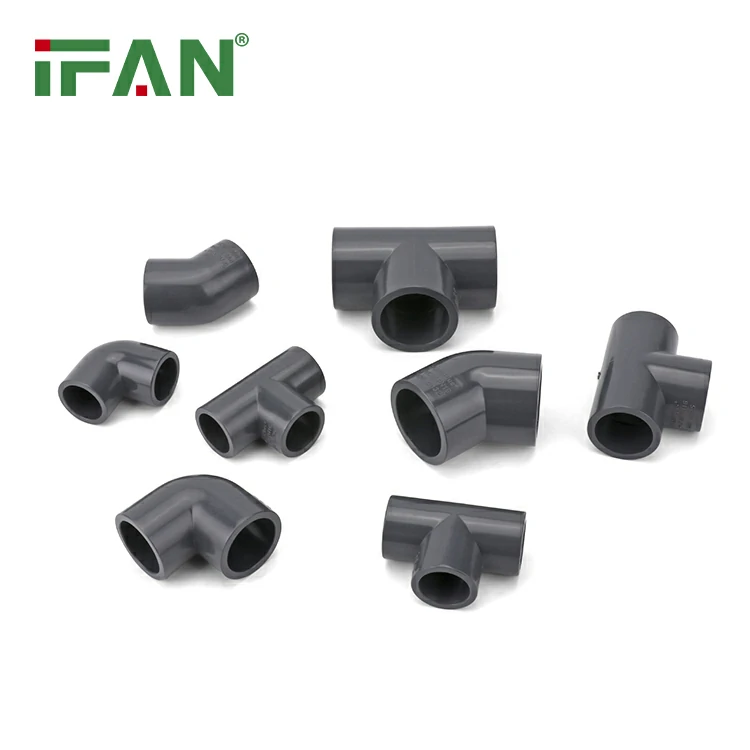Introduction to UPVC Pipe Fitting Disadvantages
UPVC pipe fitting is widely used in plumbing systems due to their affordability and durability. However, they have certain disadvantages that can affect their performance and suitability. Understanding these drawbacks helps in making informed decisions.
Susceptibility to UV Degradation
One major disadvantage of UPVC pipe fittings is their susceptibility to UV degradation. Prolonged exposure to sunlight can cause brittleness and cracking. For example, outdoor fittings may degrade faster unless protected with UV-resistant coatings. This limits their use in exposed environments.
Temperature Sensitivity
UPVC pipe fittings are sensitive to extreme temperatures. High temperatures can cause warping or deformation, while low temperatures may lead to brittleness. For instance, fittings in hot water systems may fail if not rated for high temperatures. This restricts their application in certain conditions.
Limited Chemical Resistance
While UPVC pipe fittings are generally chemical-resistant, they can degrade when exposed to certain chemicals. Strong acids, solvents, or oils may cause material breakdown. For example, fittings in industrial settings may weaken over time. Selecting chemically resistant alternatives is often necessary.

Brittleness Over Time
UPVC pipe fittings can become brittle over time, especially in harsh environments. This brittleness increases the risk of cracks or breaks under pressure. For instance, fittings in cold climates may crack during freezing conditions. Regular inspections are required to prevent unexpected failures.
Installation Challenges
Improper installation can lead to issues with UPVC pipe fitting. Incorrect cutting, gluing, or alignment may cause leaks or system failures. For example, over-tightening joints can result in cracks. Professional installation is essential to minimize these risks and ensure proper functionality.
Environmental Concerns
The production and disposal of UPVC pipe fittings raise environmental concerns. Manufacturing involves the use of non-renewable resources, and disposal can contribute to pollution. For instance, improperly discarded fittings may take decades to decompose. Sustainable alternatives are increasingly being considered.
Limited Flexibility
UPVC pipe fittings lack flexibility compared to other materials like PVC or PEX. This rigidity makes them less suitable for applications requiring bending or movement. For example, fittings in earthquake-prone areas may fail due to lack of flexibility. Flexible materials are often preferred in such cases.
Conclusion
Despite their advantages, UPVC pipe fittings have notable disadvantages, including UV degradation, temperature sensitivity, limited chemical resistance, brittleness, installation challenges, environmental concerns, and lack of flexibility. Understanding these drawbacks helps in selecting the right materials for specific applications. Proper care and alternative solutions can mitigate some of these issues. UPVC fittings remain a viable option when used appropriately.

